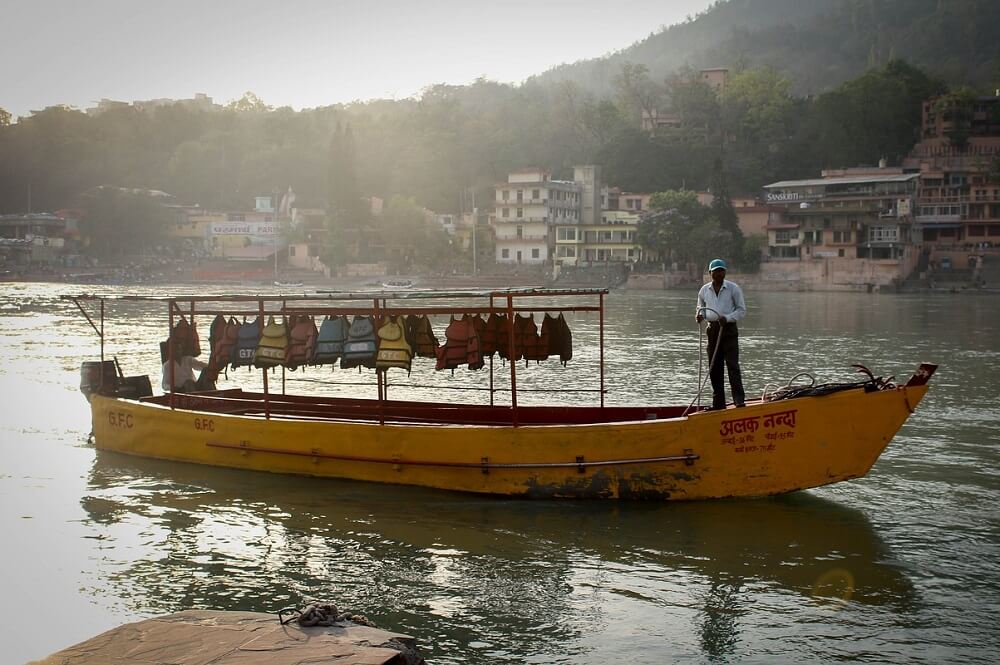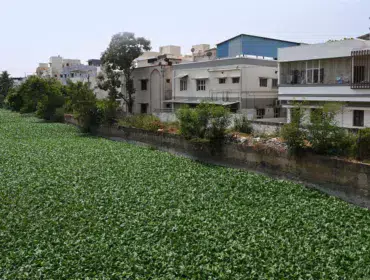WD News: The volume of water available in the Ganga and the groundwater in the river-basin have both seen a significant fall between 2002 and 2021, a report by the World Meteorological Organisation (WMO) has said.
Titled “State of Global Water Resources 2021,” the report has identified several other global hot spots that show the same trend (of negative terrestrial water storage as WMO describes it), including the São Francisco River basin, in Patagonia, the Indus headwaters, and basins in south-western US. In contrast, the Great Lakes region, has seen a positive trend, as have the Niger basin, and the North Amazon basin.
Overall, the negative trends are stronger than the positive ones globally, the report said. Terrestrial water storage of TWS, which includes surface soil moisture, root zone soil moisture, groundwater, snow, ice, water stored in the vegetation, river and lake water according to Science Direct, was below normal (and in some areas, much below normal) in the west coast of the US, Patagonia, North Africa and Madagascar, Central and West Asia, the central part of South America, Pakistan and northern India. TWS was much above normal in the central part of Africa, the northern part of South America, specifically the Amazon basin, and the northern part of China.
“It should be noted that at least some of the strong anomalies (Alaska, Patagonia, Himalayas, and Baffin Island) are also the result of long-term trends caused by the melting of snow and ice. Some of the hot spots of negative trends are mainly induced by over-abstraction of groundwater for irrigation,” the report explained.
Overall, the report shows large areas of the globe recorded drier than normal conditions in 2021 as rainfall patterns were influenced by climate change and a La Niña event. Last year was ranked between the fifth and seventh warmest year on record (not concluded yet) with the global annual mean temperature of 1.11 ± 0.13 degree C above the 1850–1900 pre-industrial average, despite prevailing La Niña conditions. There were 432 registered large and medium-scale natural hazard extreme events across the globe. These events caused almost 10,000 deaths; losses of $250 billion and directly affected more than 100 million people worldwide.
In India, there were 762 casualties, with Maharashtra, Karnataka, Andhra Pradesh, Kerala, Madhya Pradesh, West Bengal and Uttarakhand worst impacted.
The report underlined that the impacts of climate crisis on the cryosphere is critical to document the impact on water resources globally. With increased melting of glaciers, the annual glacier run-off typically increases at first, until a turning point, often called “peak water”, is reached, upon which run-off declines. The long-term projections of the changes in glacier run-off and the timing of peak water are key inputs to long-term adaptation decisions, it added.
The impact of glacial melt and retreat is likely to be more in the Indus basin than the Ganga basin. But the northern parts of Ganga particularly in Uttarakhand can be influenced quite a bit by glacial retreat. That needs to be studied carefully. Downstream, there is massive extraction of groundwater for irrigation particularly Punjab, Western parts of Uttar Pradesh, etc.
“We know for sure that our groundwater resources are depleting very fast. We need effective policies now because rainfall may increase due to global warming but runoff is more, so is evaporation due to high temperatures. These can become serious concerns in coming years,” said M Rajeevan, Climate Scientist and Former Secretary, Ministry of Earth Sciences.
Source: Hindustan Times
Image courtesy: Outlook India














